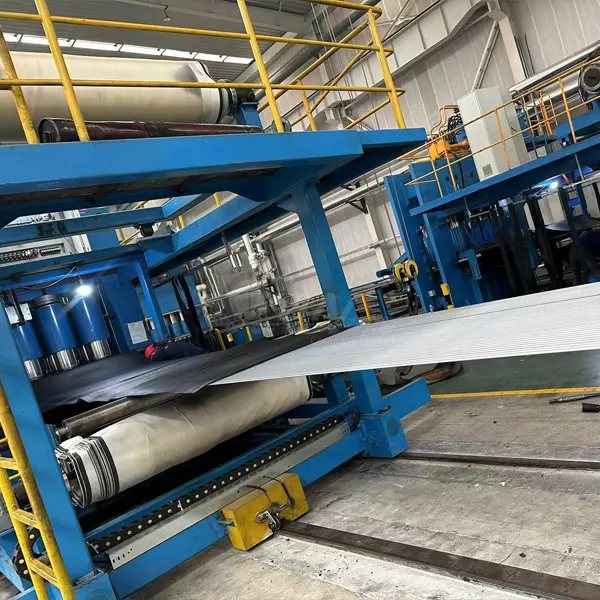Essential Conveyor Roller Types and Their Specific Roles
2024-07-05
Conveyor rollers are integral components of conveyor systems used to move materials efficiently across manufacturing, warehousing, and distribution settings. Here are some essential types of conveyor rollers and their specific roles:
1. Gravity Rollers
- Description: These are free-rolling, non-powered rollers.
- Role: Used in gravity conveyors where materials move under their own weight. Ideal for manual pushing or applications with a slight slope.
- Uses: Warehousing, assembly lines, and packaging stations.
2. Powered Rollers
- Description: These rollers are driven by motors, either individually or as part of a system.
- Role: Provide controlled movement of materials along the conveyor.
- Uses: Automated systems, production lines, and high-speed sorting.
3. Accumulation Rollers
- Description: Designed to allow items to accumulate without back pressure.
- Role: Facilitate temporary storage of materials along the conveyor without damaging the products.
- Uses: Packaging, order fulfillment, and areas requiring buffering or sorting.

4. Tapered Rollers
- Description: These rollers have a conical shape.
- Role: Used in curved sections of a conveyor system to ensure that items maintain their orientation and speed through turns.
- Uses: Curved conveyor sections, particularly in parcel and packaging industries.
5. Grooved Rollers
- Description: Rollers with grooves along their length.
- Role: Allow for precise positioning of drive belts or O-rings to drive the rollers.
- Uses: Applications requiring synchronization or the use of multiple driven rollers.
6. Sprocketed Rollers
- Description: Fitted with sprockets at one or both ends.
- Role: Used in chain-driven conveyors where the chain engages the sprocket to drive the roller.
- Uses: Heavy-duty applications, such as pallet handling and bulk material transportation.
7. Polyurethane-Coated Rollers
- Description: Rollers coated with a layer of polyurethane.
- Role: Provide additional grip, reduce noise, and protect delicate items.
- Uses: Handling fragile or slippery materials, and reducing noise in sensitive environments.
8. Stainless Steel Rollers
- Description: Made from stainless steel for enhanced durability and corrosion resistance.
- Role: Suitable for environments requiring hygiene and resistance to harsh conditions.
- Uses: Food processing, pharmaceuticals, and chemical handling.
9. Plastic Rollers
- Description: Made from various types of plastic, such as PVC or UHMWPE.
- Role: Lightweight, corrosion-resistant, and suitable for specific environments where metal rollers are not ideal.
- Uses: Lightweight material handling, corrosive environments, and food processing.
10. Adjustable Rollers
- Description: Rollers that can be adjusted for height or position.
- Role: Allow for customization and flexibility in the conveyor layout.
- Uses: Applications requiring frequent changes in conveyor configuration or height adjustments.
11. Impact Rollers
- Description: Rollers designed with a cushioning layer to absorb shock.
- Role: Reduce damage to the conveyor and the material being transported at loading points.
- Uses: Areas where materials are loaded onto the conveyor with impact, such as mining and bulk handling.
12. Live Shaft Rollers
- Description: Rollers with a shaft that rotates along with the roller.
- Role: Provide higher torque and support for heavier loads.
- Uses: Heavy-duty applications, such as handling large containers or industrial materials.
Understanding the specific roles and applications of these conveyor roller types ensures the efficient and appropriate selection and use of conveyor systems in various industries.


